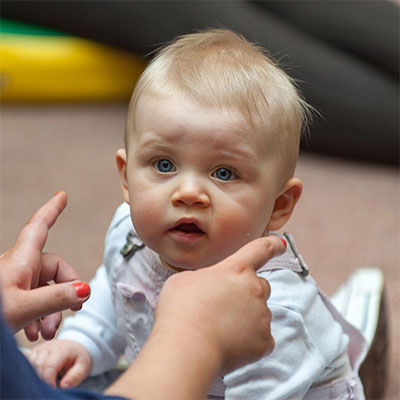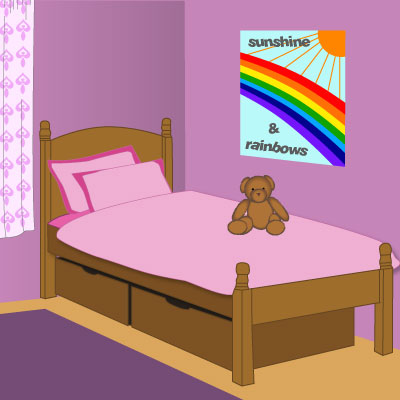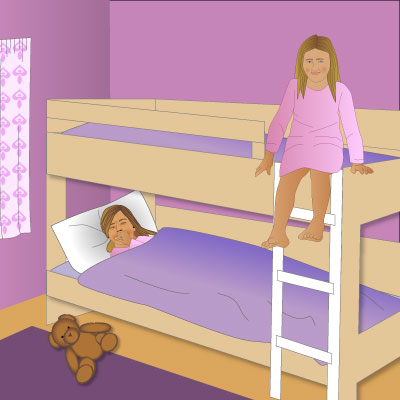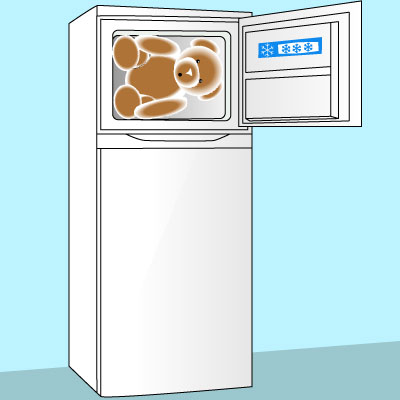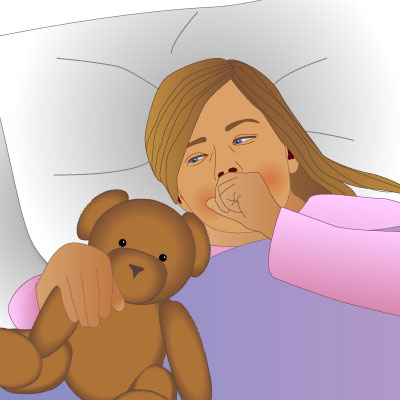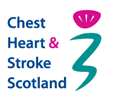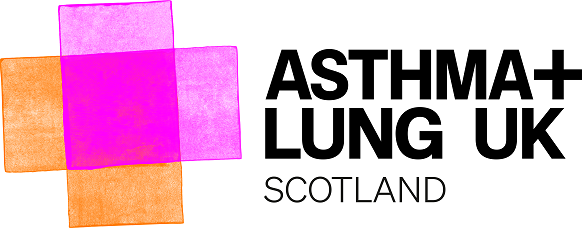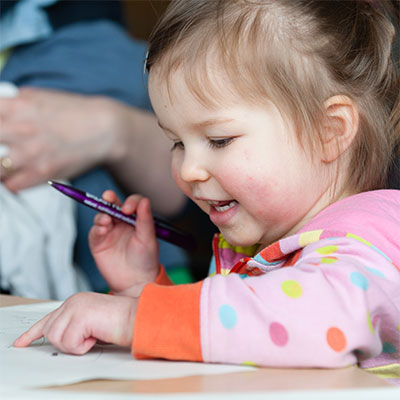
© Crown copyright
- At this age children will question everything and push their boundaries.
- You still need to manage everything about their asthma, but they may question why they need more inhalers/medicine and sometimes they won’t be cooperative because they are too young to fully understand.
- Children at this age need to have an instant reward or consequence for their behaviour. They won’t remember a few moments after why you are annoyed with them for not talking the inhalers.
- Parents often have to be creative in finding ways to get children to take their medicine or inhalers. Some choose to make it into a game or get the child to practice using a favourite toy. Using positive rewards can help. Try using stickers so the child collects stars or similar on their daily chart when they have taken their medicine or inhaler. Give a reward and lots of praise when they have completed the task but avoid giving sweets. Try giving the child a choice of what game or activity they want to do after the medicine.
- Sometimes children fight against taking inhalers. If you are having difficulty getting your child to take any inhalers you could try a technique called clinical holding. This technique can be challenging as you are setting parental boundaries which are important. If you need advice , see your practice nurse, GP or pharmacist.


